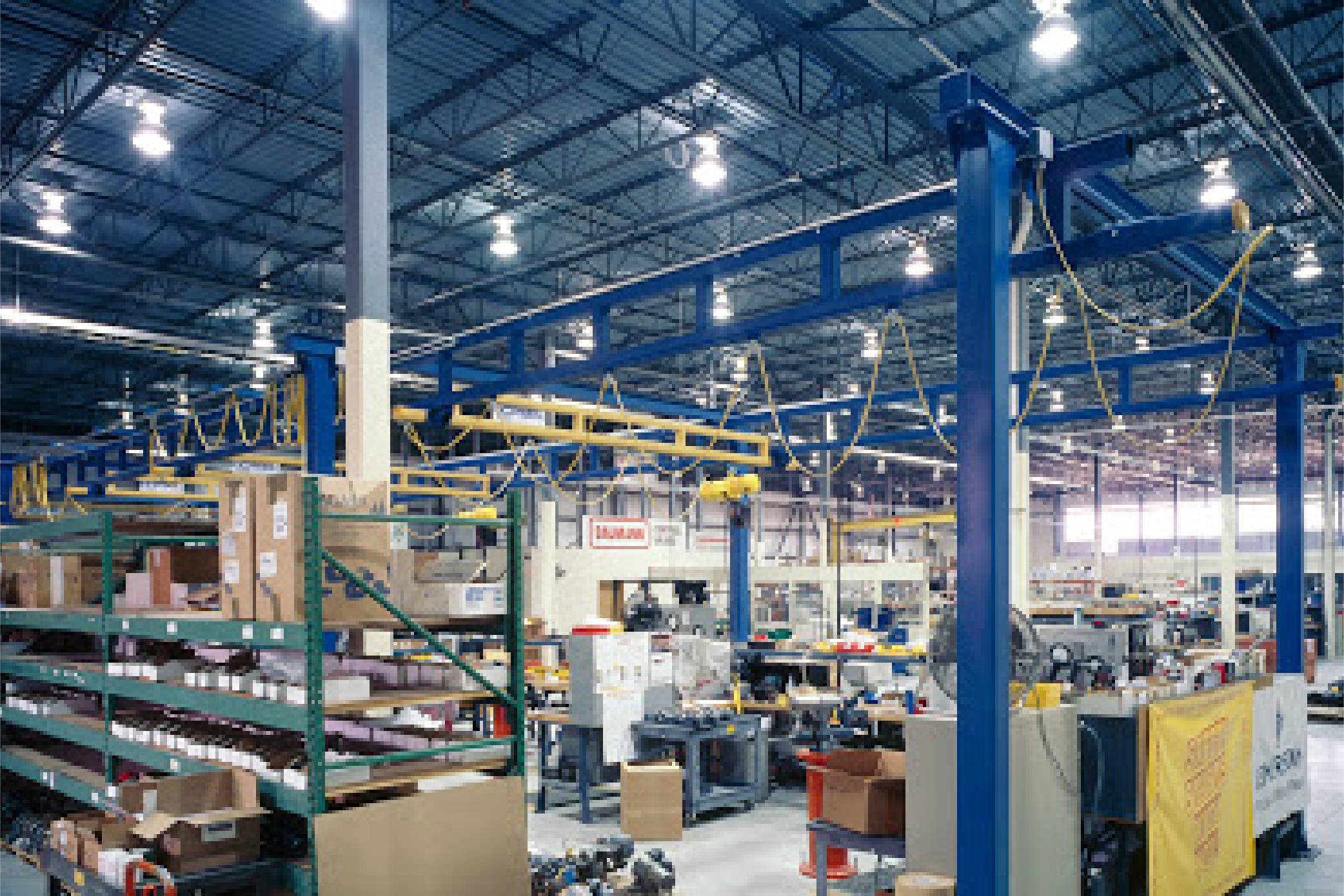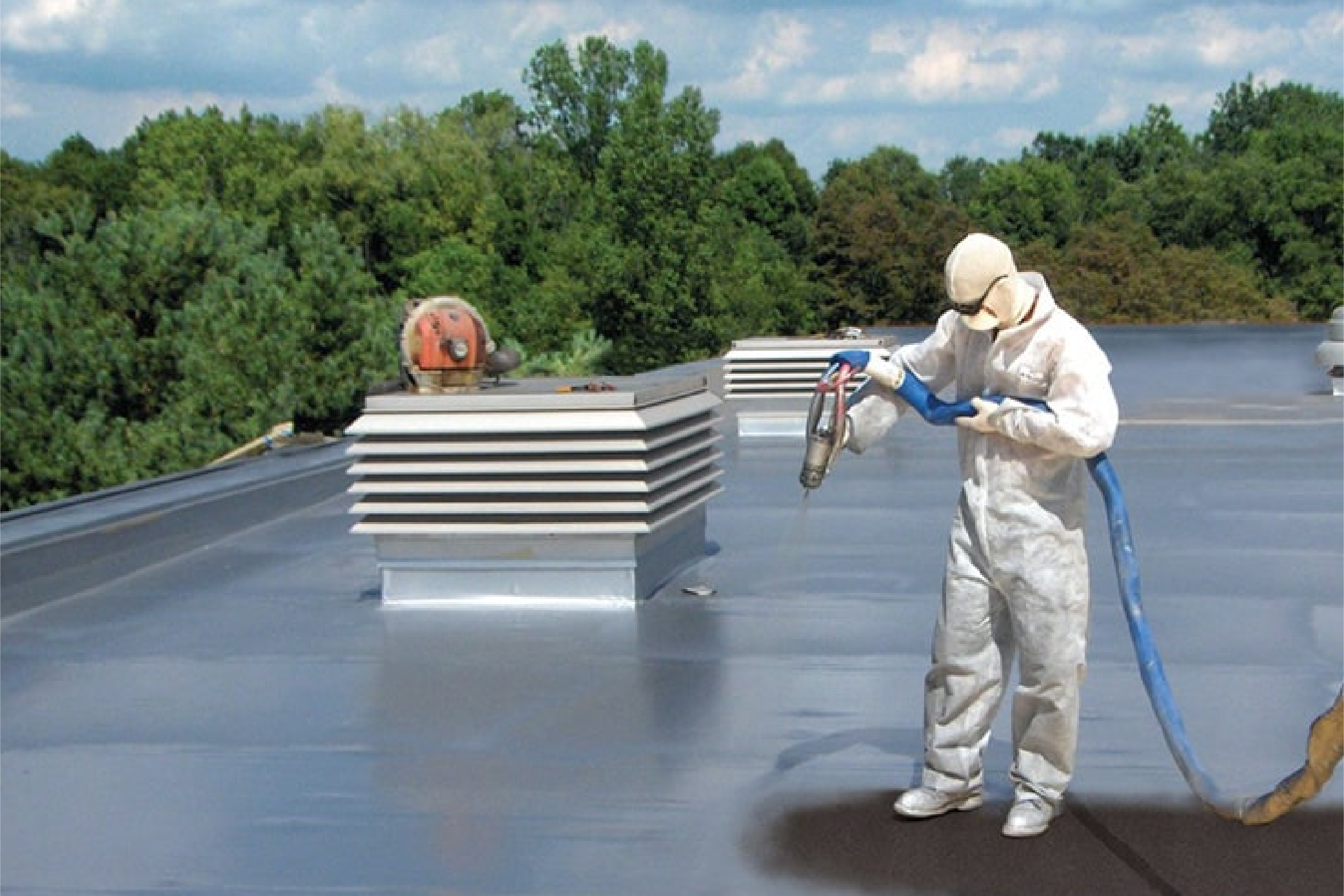Waterproofing the house is really not simple, because it is vital to the aesthetics of the walls, ensuring the sustainable maintenance of wall and foundation structures. Waterproofing also helps protect inside and outside decorative coatings, significantly extending the life of these layers. Let’s Life Innovation learn about waterproofing with Life Innovation to protect your home
Mistake 1: First, waterproofing places that are often wet: toilets, swimming pools, flower beds…, then waterproofing outdoor walls.
Almost every place in the house is subject to water leaks, due to the impact from the surrounding environment such as humid climate, continuously high temperature, or heavy rain.
Therefore, places in the house more exposed to the environment and subject to constant temperature changes such as the vertical walls on both sides of the house and the back walls, are ones that need waterproofing first.
Waterproofing the house’s walls is not merely about waterproofing, it also helps extending the house’s life as well.
Mistake 2: Waterproofing the wall is not necessary at first, and just waterproofing where water infiltrated into, thinking it is easier and more cost-effective.
When you see a small leak in the corner of the wall, the whole wall (if not the entire vertical wall surface has been) has, in fact, been infiltrated by water for a long time. As a result, even when you effectively waterproof such position, the life of your house’s concrete and metal structure has significantly reduced. This damage may cost you two to three times as much as investing in waterproofing from the beginning.
Mistake 3: Oil-based cement is enough for an effective waterproofing layer.
Cement in construction acts as the glue that binds different components, due to its hollow molecular structure, permeability, diffusion, etc.
However, these properties do not help at all in waterproofing because they cannot create a membrane to prevent water from penetrating the surface as well as withstand erratic temperature fluctuations. The oil-based cement layer quickly cracks after the dry season and therefore rainwater will easily seep into the wall through these cracks.
Waterproofing chemicals, by contrast, are specifically designed for wall waterproofing. Nishu Paint is currently applying and producing a cement-based waterproofing agent, which is made of 2 components: cement and Acrylic-based waterproofing agent. The strong bonds of this cement-based agent create an excellent waterproof and durable plastic film.
With its strong surface, the cement-based waterproofing compound it not as spongy as other conventional waterproofing agents; its performance against harsh weather is outstanding as well. Nishu-manufactured waterproofing membranes have a lifespan of up to 10 years if applied and maintained in accordance with standard procedures.
Mistake 4: Start waterproofing after cleaning the old paint on the wall and removing dirt, moss, and mold.
It is imperative that the wall be clean, dry and stable before waterproofing. In addition to cleaning the wall by completely removing the old paint film, dirt, mold, moss … the constructor needs to cover small cracks, if any.
Note: Very dry or absorbent surfaces should be moistened by rolling a damp roller with clean water before application of waterproofing chemicals.
Mistake 5: Waterproofing the wall, albeit having high protection, reduces the aesthetics of the wall.
Walls using waterproofing agents are usually gray, gray-white, similar to the color of cement mixed together. However, you can apply color paint directly on this waterproof layer to ensure the aesthetics of the house. You do it by painting a primer on the wall surface, protecting against alkali from inside the wall. Then, apply 2 coatings of waterproofing agent and up to 2 layers of topcoat. Putty should not be used in this system because the too thick paint film will cause the wall to peel off.
Source: Báo Xây Dựng




